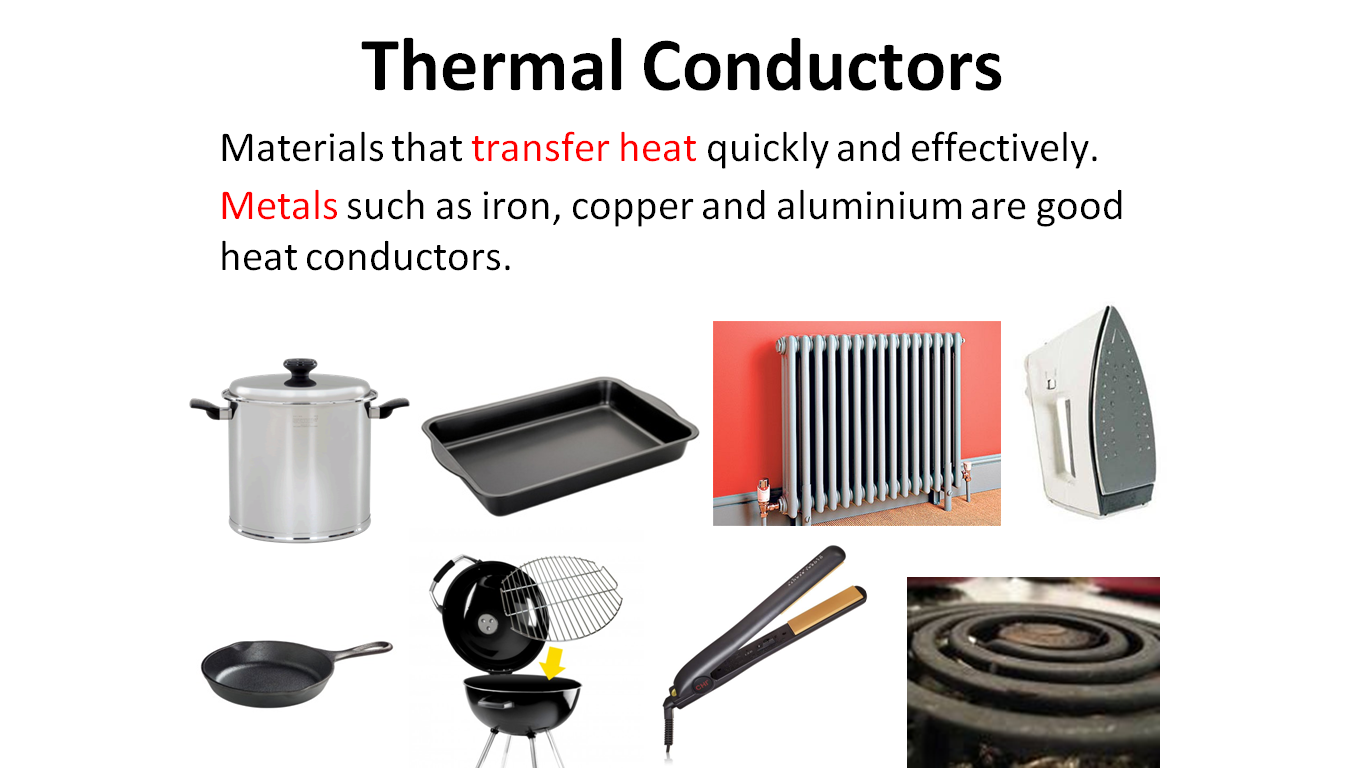Exploring the World of Conductors and Insulators

Have you ever wondered how electricity flows through our homes or why some materials prevent electric shocks? The answer lies in the fascinating properties of electrical conductors and insulators. These materials play a crucial role in controlling the flow of electrical current, shaping our modern world in countless ways, from powering our devices to ensuring our safety.
Understanding the difference between conductors and insulators is fundamental to grasping the basics of electricity. Conductors, like copper wires in our electrical systems, readily allow the flow of electric charge. In contrast, insulators, like the rubber coating around those wires, restrict this flow, preventing electricity from going where it shouldn't.
The concept of conductivity and insulation has been understood and utilized for centuries, though the scientific understanding evolved over time. Early experiments with static electricity laid the groundwork for later discoveries about the nature of electric charge and how different materials interact with it. The development of practical applications, such as the telegraph and electric lighting, relied heavily on the careful selection of conducting and insulating materials.
The importance of choosing the right conducting and insulating materials cannot be overstated. Imagine a world without effective insulation around electrical wires – the risk of fires and electric shocks would be immense. Similarly, the efficiency of our electrical systems depends heavily on using highly conductive materials to minimize energy loss during transmission.
One of the main issues related to the selection of conductors and insulators is finding the right balance between performance and cost. Highly conductive materials like silver can be expensive, so copper is often preferred for its balance of conductivity and affordability. Similarly, the choice of insulation depends on factors like temperature resistance, flexibility, and environmental impact.
Conductors are materials that allow electrons to flow freely. Metals like copper, silver, and aluminum are excellent examples of conductors. Insulators, on the other hand, inhibit the flow of electrons. Examples include rubber, plastic, glass, and wood.
Benefits of using appropriate conductors and insulators include electrical safety, efficient power transmission, and the enabling of complex electronic circuits. For instance, the insulation around the wires in our homes prevents electric shocks, while the copper wires ensure efficient delivery of power to our appliances. In electronic devices, conductors and insulators work together to create intricate circuits that control the flow of electricity, making modern computing possible.
When working with electricity, always ensure you understand the conductivity of the materials involved. Use insulated tools and wear protective gear when necessary. Consult a qualified electrician for any electrical work beyond basic tasks.
Advantages and Disadvantages of Common Conductors and Insulators
| Material | Type | Advantages | Disadvantages |
|---|---|---|---|
| Copper | Conductor | High conductivity, affordable | Can corrode |
| Rubber | Insulator | Flexible, good insulator | Can degrade with exposure to sunlight and heat |
| Glass | Insulator | High dielectric strength, heat resistant | Brittle |
Best practices when working with conductors and insulators include using appropriate tools, ensuring proper grounding, and regularly inspecting electrical systems for damage. Always double-check connections and never overload circuits.
Real-world examples of conductors and insulators include the copper wires and rubber insulation in electrical cables, the ceramic insulators on power lines, the metal tracks and plastic housing of a toy train, the aluminum foil and plastic wrap in your kitchen, and the metal core and ceramic insulation of a spark plug.
Challenges related to conductors and insulators can include corrosion, material degradation, and breakdown of insulation. Solutions often involve using protective coatings, choosing materials suited to the environment, and implementing regular maintenance schedules.
Frequently asked questions include: What is the difference between a conductor and an insulator? What are some common examples? Why is insulation important? How do I choose the right conductor for a specific application? What are the safety precautions when working with electricity? What are the different types of insulators? How can I test if a material is a conductor or insulator? What are the environmental impacts of different conductor and insulator materials?
Tips and tricks for working with conductors and insulators include using a multimeter to test conductivity, carefully stripping insulation from wires, and using heat shrink tubing to protect connections. Always choose materials appropriate for the voltage and current involved.
In conclusion, understanding the properties and applications of conductors and insulators is essential for anyone working with electricity, from homeowners to engineers. These materials play a vital role in our daily lives, ensuring the safe and efficient delivery of power, enabling complex electronic devices, and shaping the world around us. By following best practices, understanding the challenges and solutions related to these materials, and staying informed about their properties, we can harness their power safely and effectively. Continue exploring the world of conductors and insulators and contribute to a safer and more technologically advanced future. Take the time to learn more about the specific materials used in your own home and workplace, and always prioritize safety when working with electricity.
Financial empowerment secu camden nc branch
Unlocking the secrets of ram 1500 diesel fuel efficiency
Unlocking serenity exploring benjamin moores blue porcelain









/examples-of-electrical-conductors-and-insulators-608315_v3-5b609152c9e77c004f6e8892.png)


